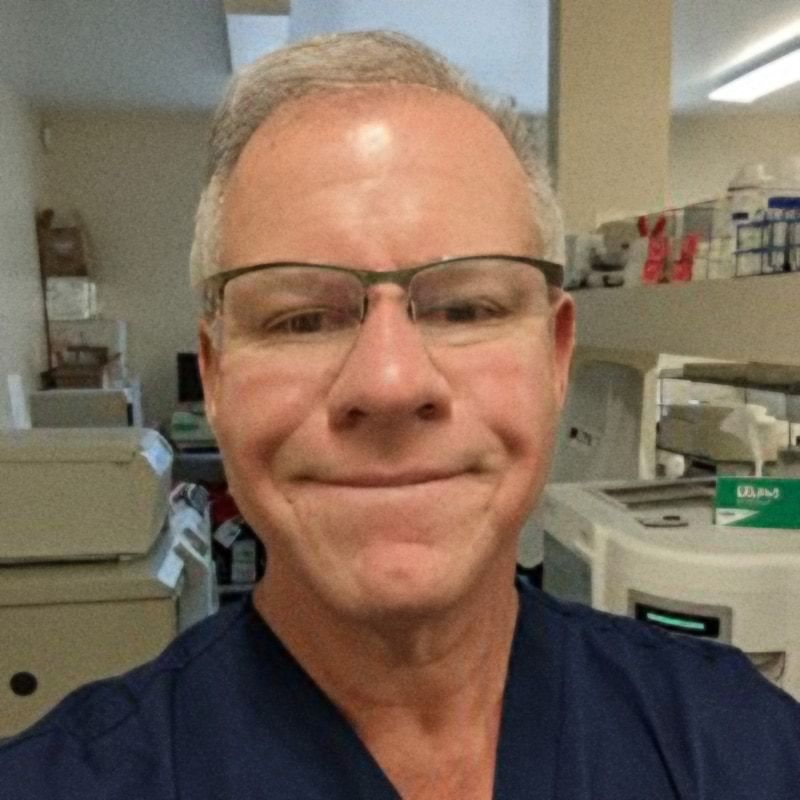High Tibial Osteotomy and Retuning to Impact Sports: New Study says Maybe
I’ve blogged previously on high tibial osteotomy (HTO) knee surgery and MRI studies showing that the surgery does take pressure off overstressed cartilage (at least in some patients who are bow legged or knock kneed). This invasive knee surgery involves sawing a wedge of bone out of one side of the tibia to allow the knee to be straight again. Usually plates and screws are inserted to hold it all in place (see picture above). However, can you return to physical activities if you have a knee HTO surgery? Can you return to running, hiking, or skiing despite a prolonged recovery time due to tibial osteotomy surgery? A recent study sought to find this out by looking at 41 women and 98 men with a mean age of 59 years who were 4 years post tibial osteotomy surgery. The study is retrospective (looking backward) so it’s not as good as a prospective study (looking forward). 63% of the patients felt like their knee was “normal” after tibial osteotomy surgery, but 62% of patients still felt that their activities were limited by their knee (for example I don’t run at all or as much because of pain). Among patients younger than 75 years, only 28% were participating in regular sports after HTO knee surgery-a fairly low number, but one that could be impacted by pre surgery cartilage damage. To determine who really wanted to return to sports versus who didn’t, the researchers separated their patients into those who were motivated to return to high levels activities such as running, hiking, skiing, etc.. and those who weren’t motivated. Of the “motivated” patients, about 2/3rd’s did return to sports. While the quality of the data is much less than high level, it does suggest that if you’re motivated to return to impact activities after a tibial osteotomy, it’s more likely than not that you will return to sports. However, most patients still feel that their knee limits their activities despite having a high tibial osteotomy, so you may be competing with some pain. The upshot? HTO knee surgery looks like it may be a useful adjunct to get some patients back to high levels of activity, with a few caveats. However, it should be noted that this is an invasive surgery that should only be considered if there’s a significant side bend to the knee (knock kneed or bow legged).

If you have questions or comments about this blog post, please email us at [email protected]
NOTE: This blog post provides general information to help the reader better understand regenerative medicine, musculoskeletal health, and related subjects. All content provided in this blog, website, or any linked materials, including text, graphics, images, patient profiles, outcomes, and information, are not intended and should not be considered or used as a substitute for medical advice, diagnosis, or treatment. Please always consult with a professional and certified healthcare provider to discuss if a treatment is right for you.